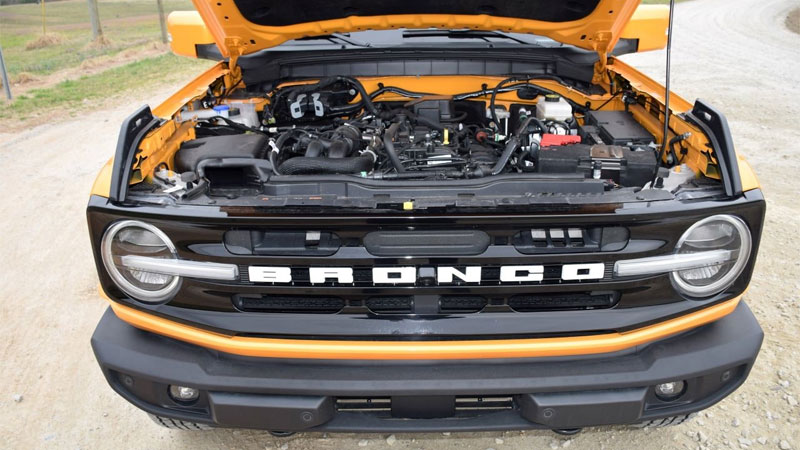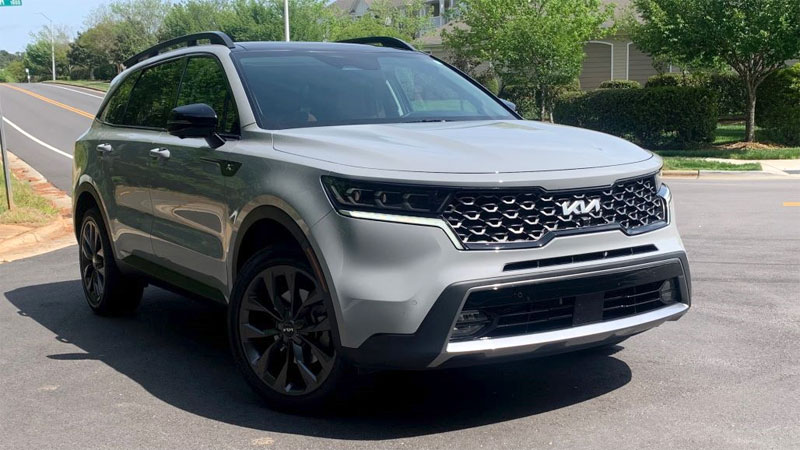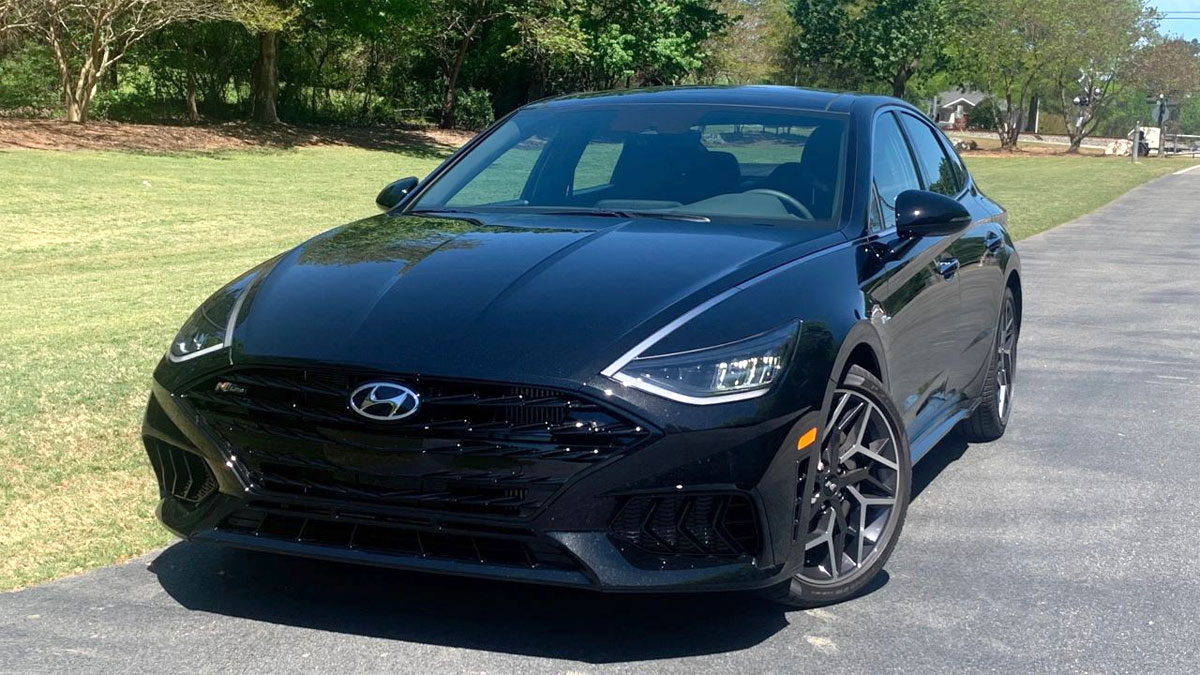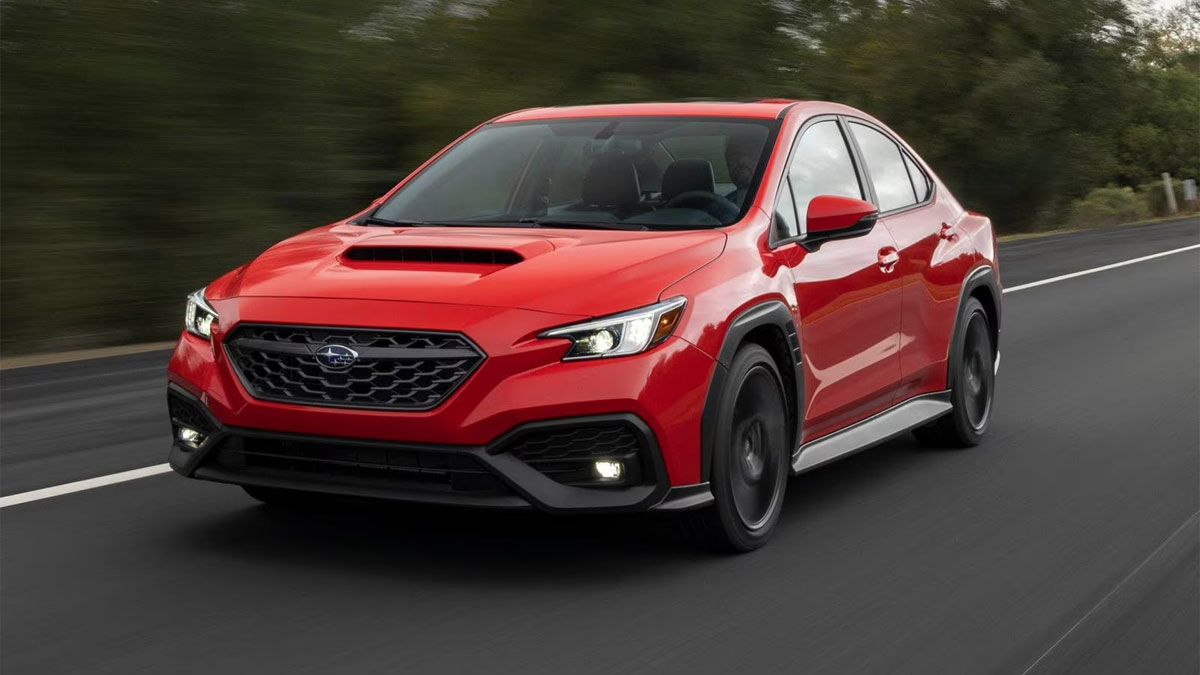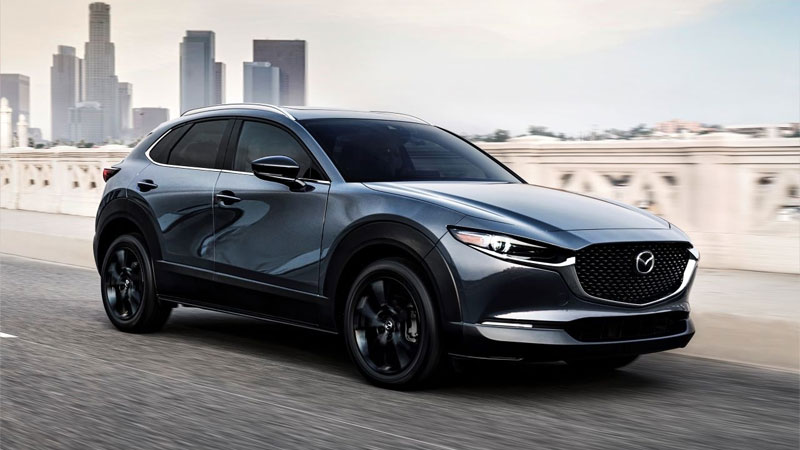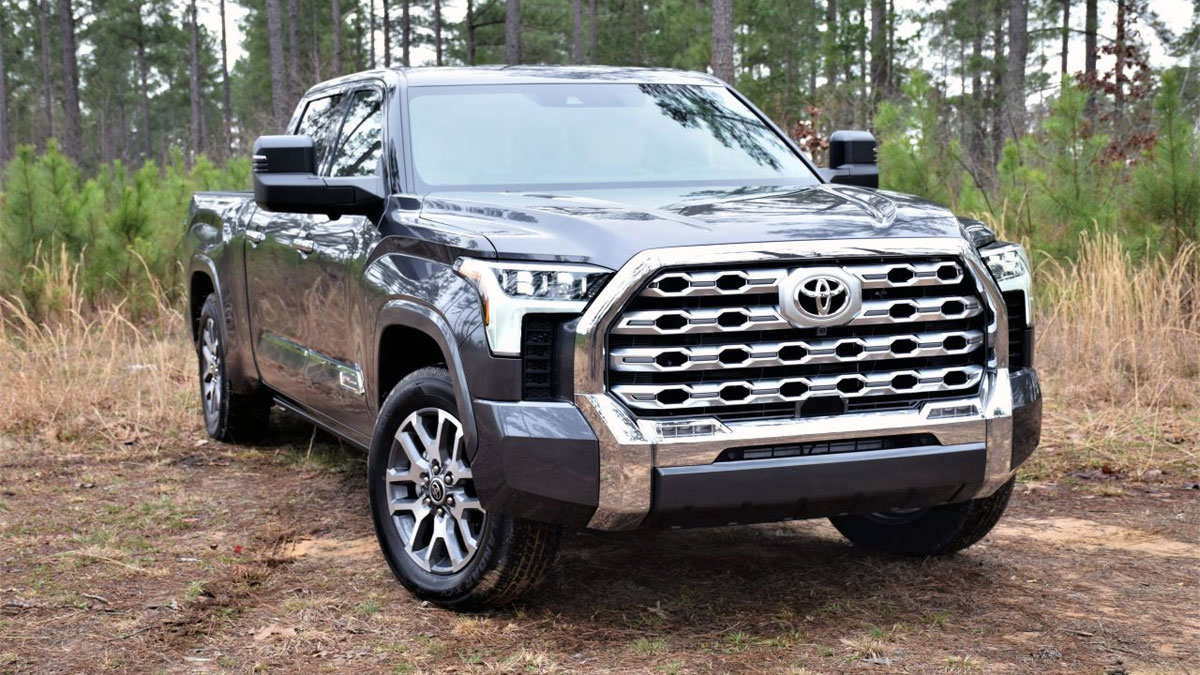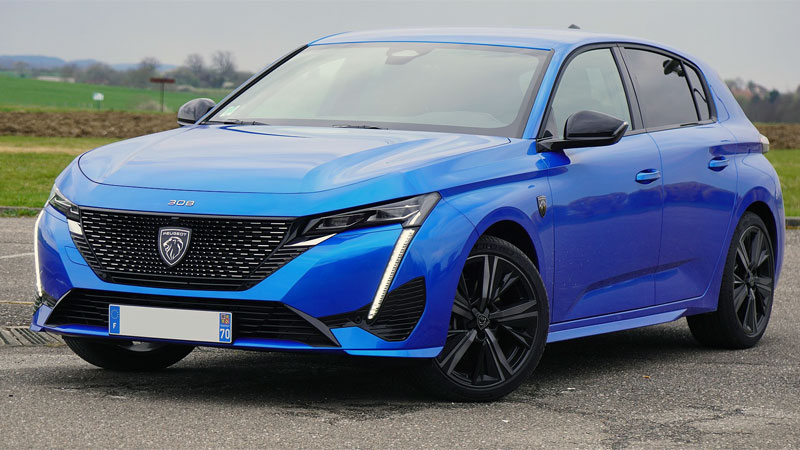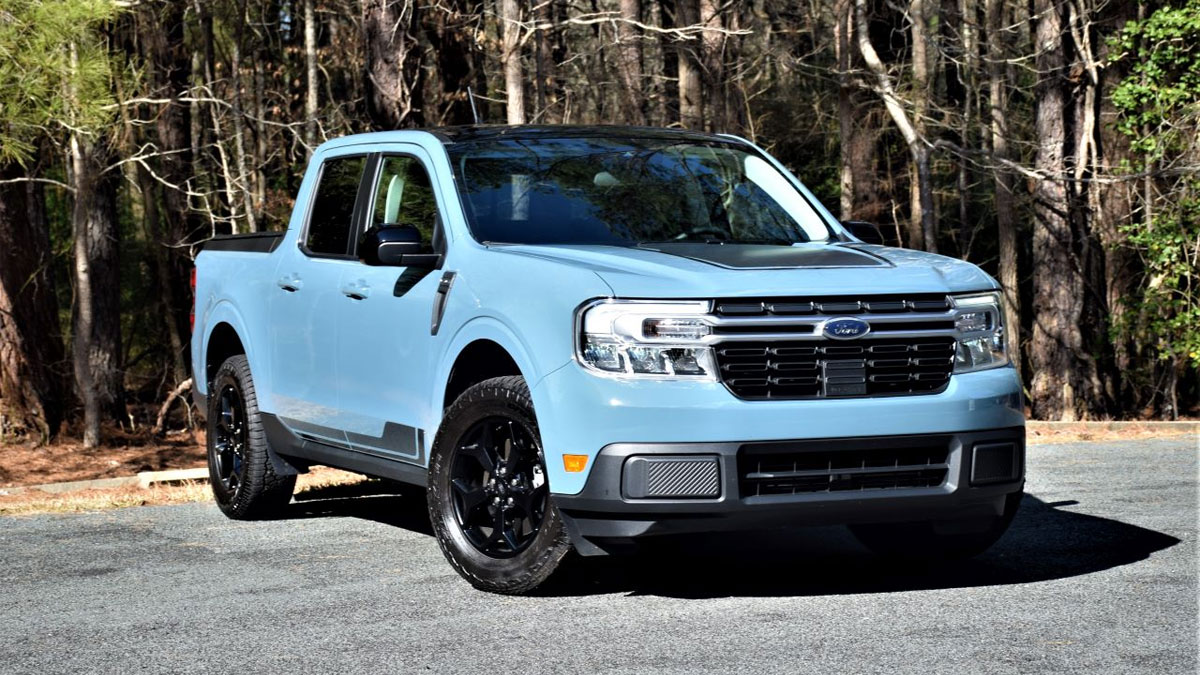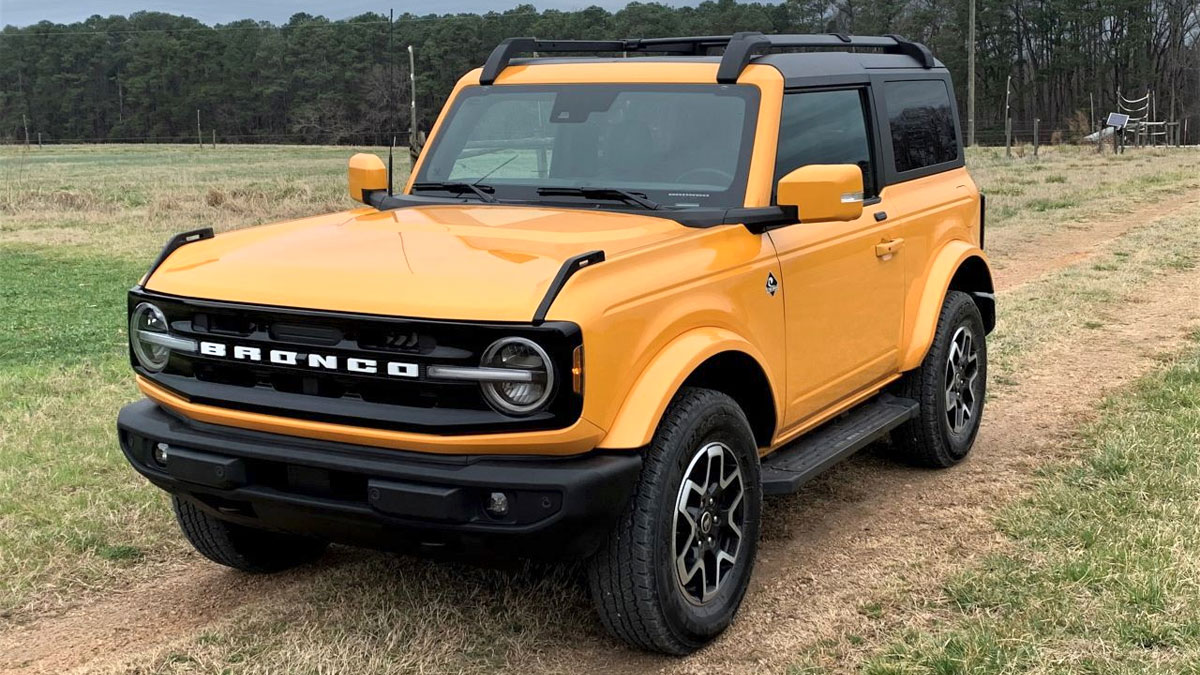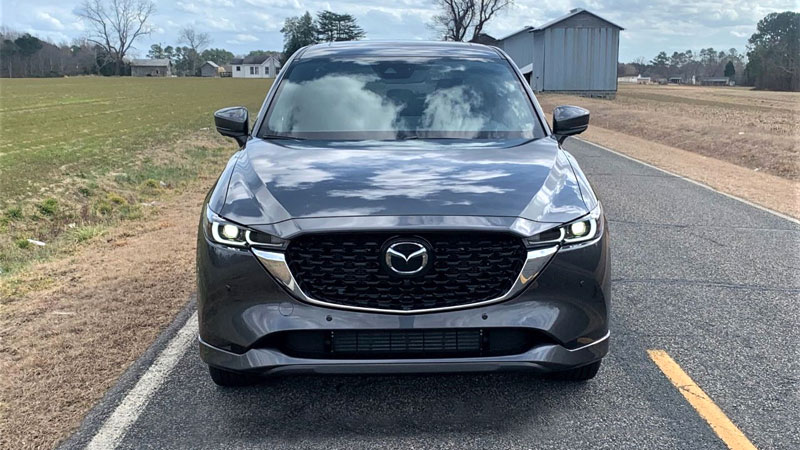2022 Ford Bronco EcoBoost Performance & Off-Roading Specs
The Ford Bronco made its debut in 1966 and was discontinued 30 years later in 1996. It then went on a 25-year hiatus before the sixth-generation Bronco arrived in 2021. The latest Ford Bronco delivers a lovable old-school look with modern finishes. The 2022 Bronco also delivers great power and … Read more

